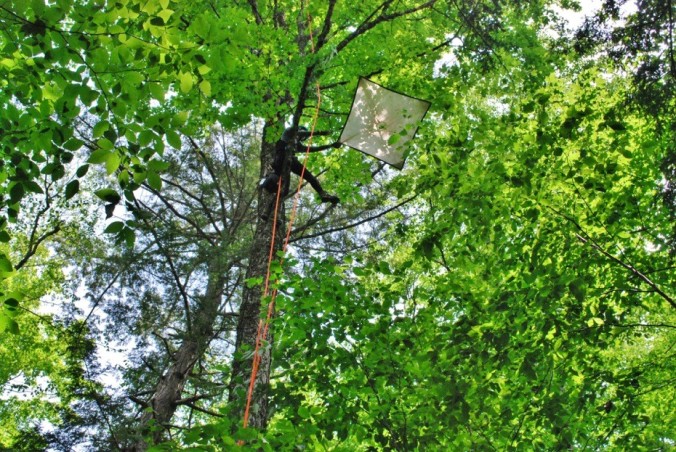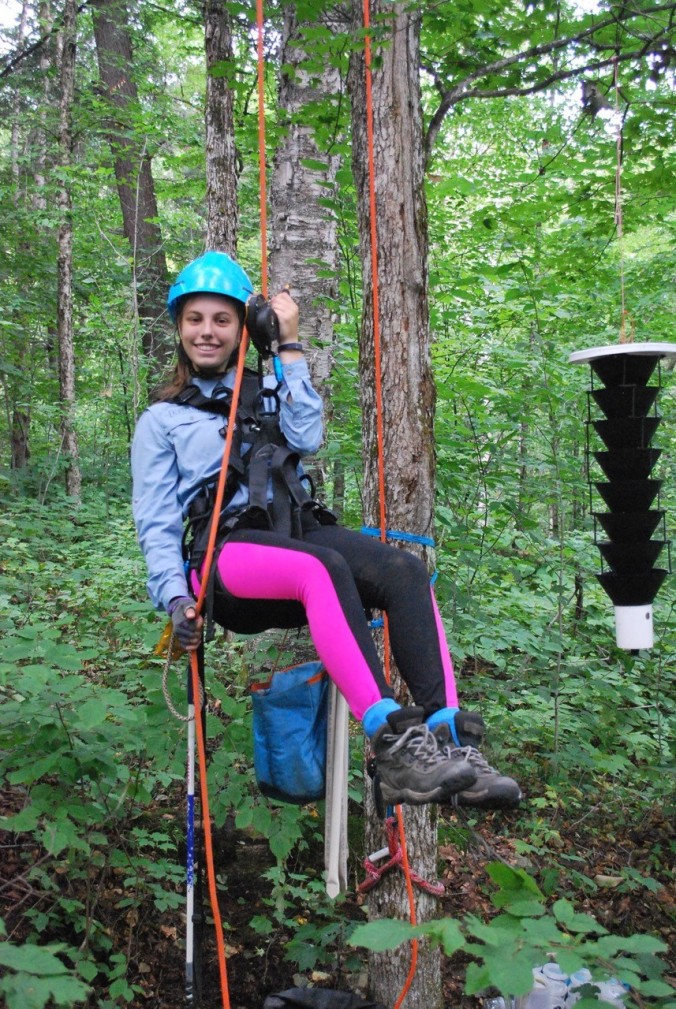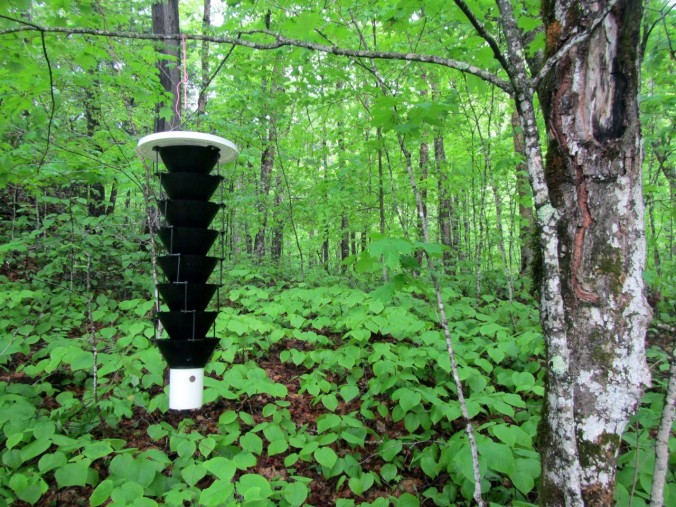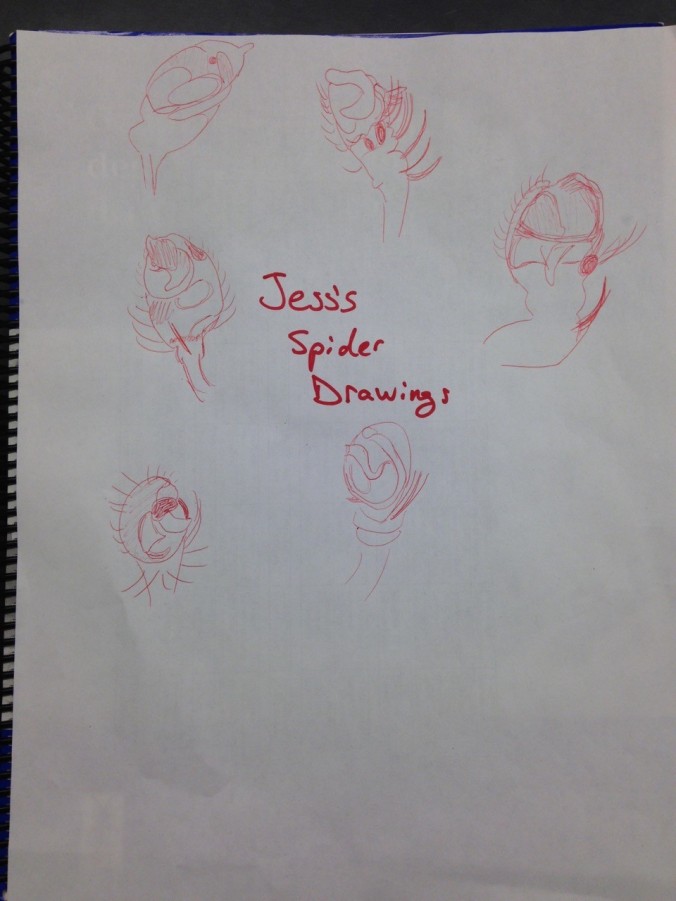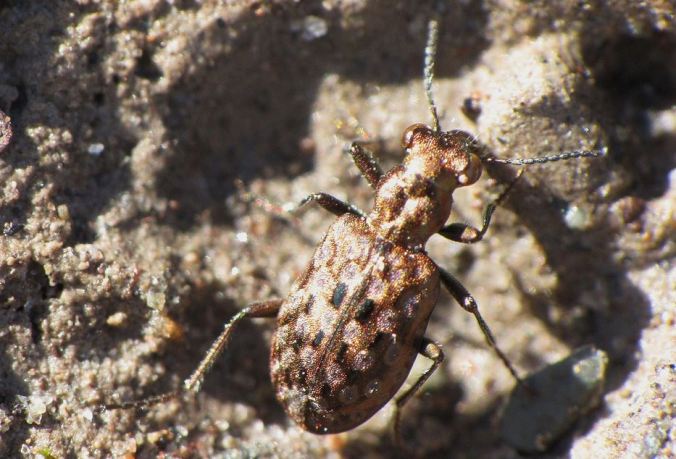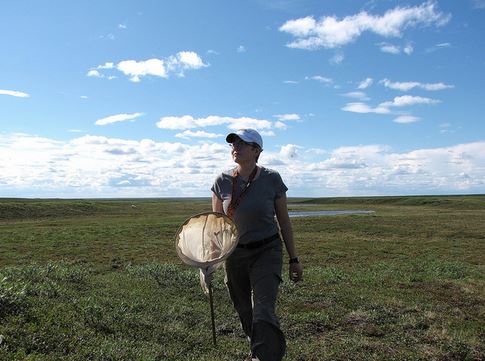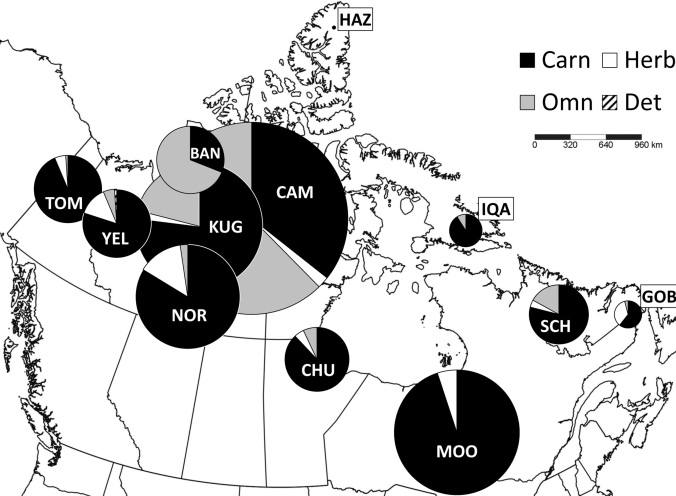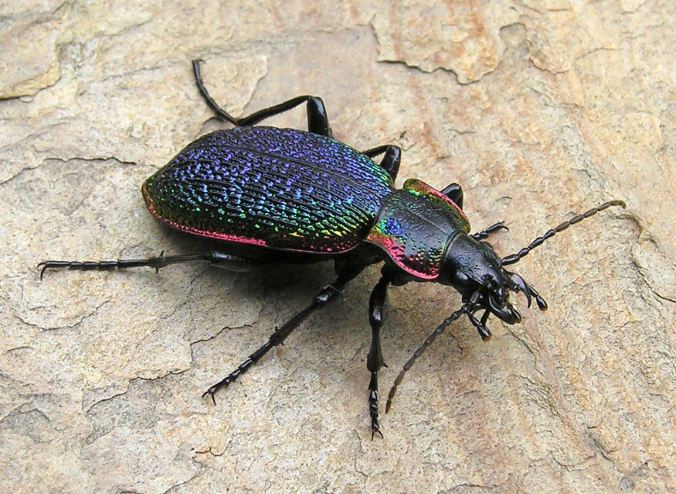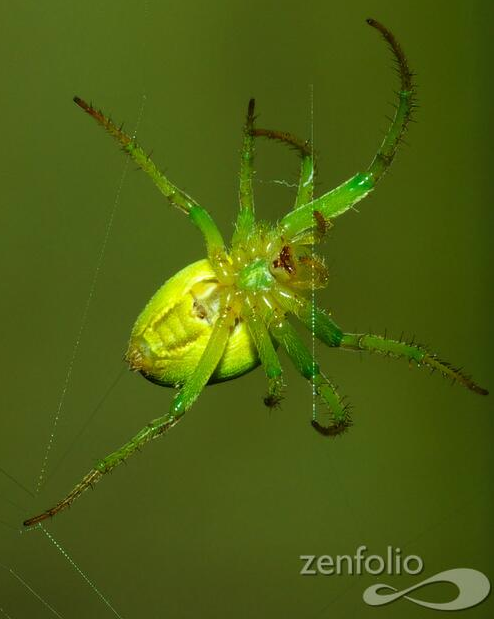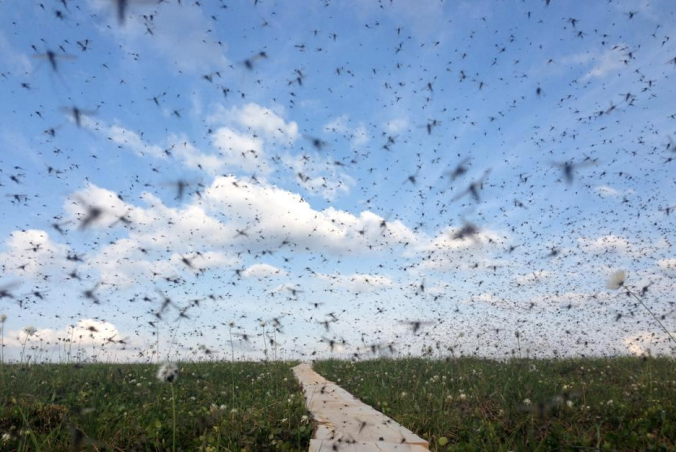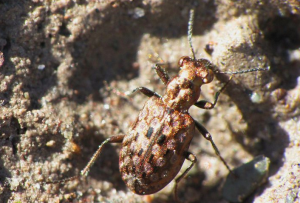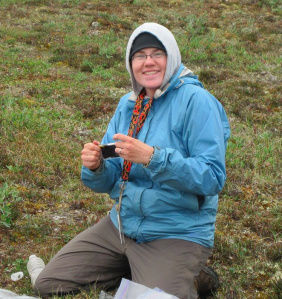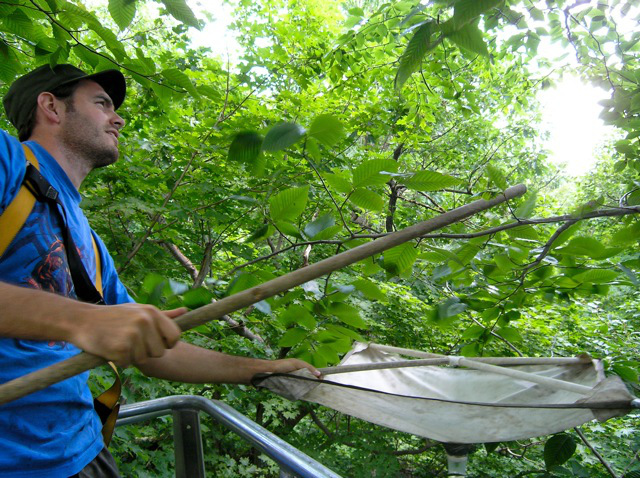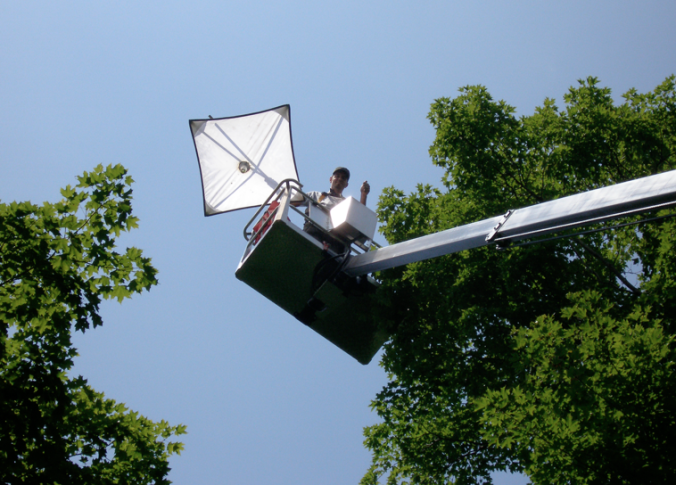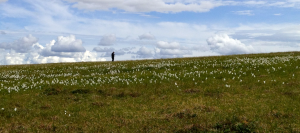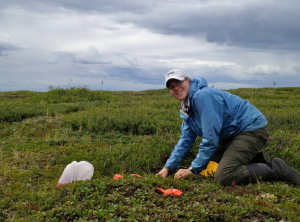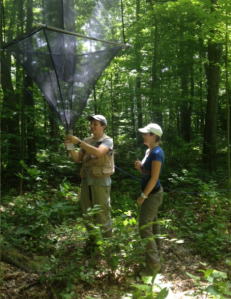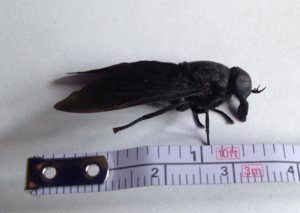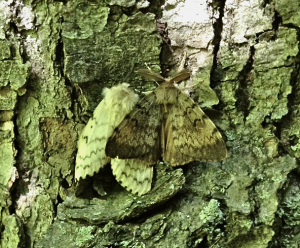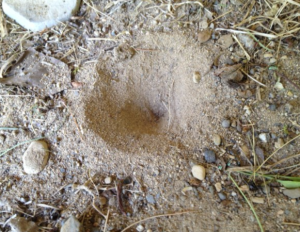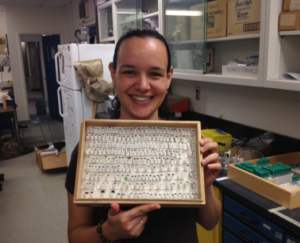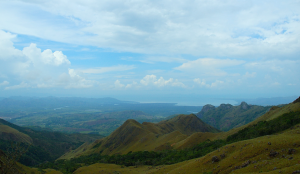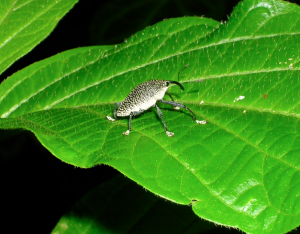This is the second post by undergraduate student Jessica Turgeon - she’s doing an Honour’s project in the lab; here’s her first post that introduces the project. Since that first post, Jessica has spent a LOT of time at the microscope, and has identified over 120 species of spiders and beetles from forest canopies and understory habitats.
Every species has a different story to tell and each one of these is equally interesting. I sometimes think about natural history as ‘fun facts’: something interesting about an organism (or species) to tell children so that they can appreciate nature. As my time at McGill progressed and my knowledge of the natural world deepened, I realized that the ‘fun facts’ are actually built upon a very strong scientific foundation, and can help us understand results of research projects. Natural history can sometimes be reduced to ‘fun facts’ but it’s a whole lot more than that!
I decided that perhaps I should look at the natural history of some of my species and maybe this would shed light on some patterns that I’m seeing within the data. The most abundant beetle species was Phyllobius oblongus (Curculionidae) with 69 individuals. Interestingly, we only collected this species in the first half of our sampling season and they were mainly collected on black maple and sugar maple trees. To try and understand why this is so, I turned to the species’ natural history, and to the literature.These weevils tend to eat fresh leaf shoots and prefer the soft leaves found on maple trees. Once the maple’s leaves are fully-grown, P. oblongus moves on to plants with indeterminate growth, like raspberry bushes (Coyle et al. 2010). This corresponds exactly to our data: the beetles were found on our black and sugar maples during the beginning of summer and then they taper off as the season progressed!
To make this even more interesting, P. oblongus is an invasive species. Its common name is the European Snout Beetle and was accidentally introduced into North Eastern North America in the early 1900s. While most invasive species are a cause for concern, both the Canadian and American governments largely ignore this species. It may inflict some damage to trees but not enough to be worried about. They’re more annoying to researchers than anything since they congregate in the trees in large numbers!The second most abundant beetle species in the collections was Glischrochilus sanguinolentus (Nitulidae). This species is native to Canada and rather abundant. Species in this genus are called sap beetles but this species in particular is more commonly called a picnic beetle. Large groups of G. sanguinolentus swarm to picnics since they are attracted to sweet food, which ruins the picnics. In nature, they feed on the sap produced by injured trees - hopefully not an indication that the trees we were climbing were damaged!
The natural histories of species open new doors to understanding how organisms live and interact with one another. I thought that it was strange that P. oblongus completely disappeared from my samples midway through the sampling season and its natural history explained why this was so. Picnic beetles eat the exuding sap of an injured tree so in the future I’ll be on the lookout so that I don’t accidentally climb a broken tree! So really, natural history is more than just ‘fun facts’; it helps us understand patterns and to better understand how our natural world works.
References
Coyle, D.R., Jordan, M.S. and Raffa, K.F., 2010. Host plant phenology affects performance of an invasive weevil, Phyllobius oblongus (Coleoptera: Curculionidae), in a northern hardwood forest. Environmental entomology,39(5), pp.1539-1544
Evans, A.V., 2014. Beetles of eastern North America. Princeton University Press.


